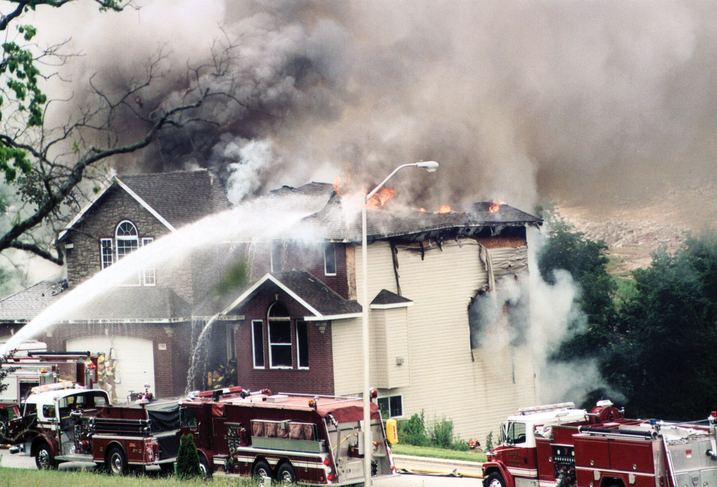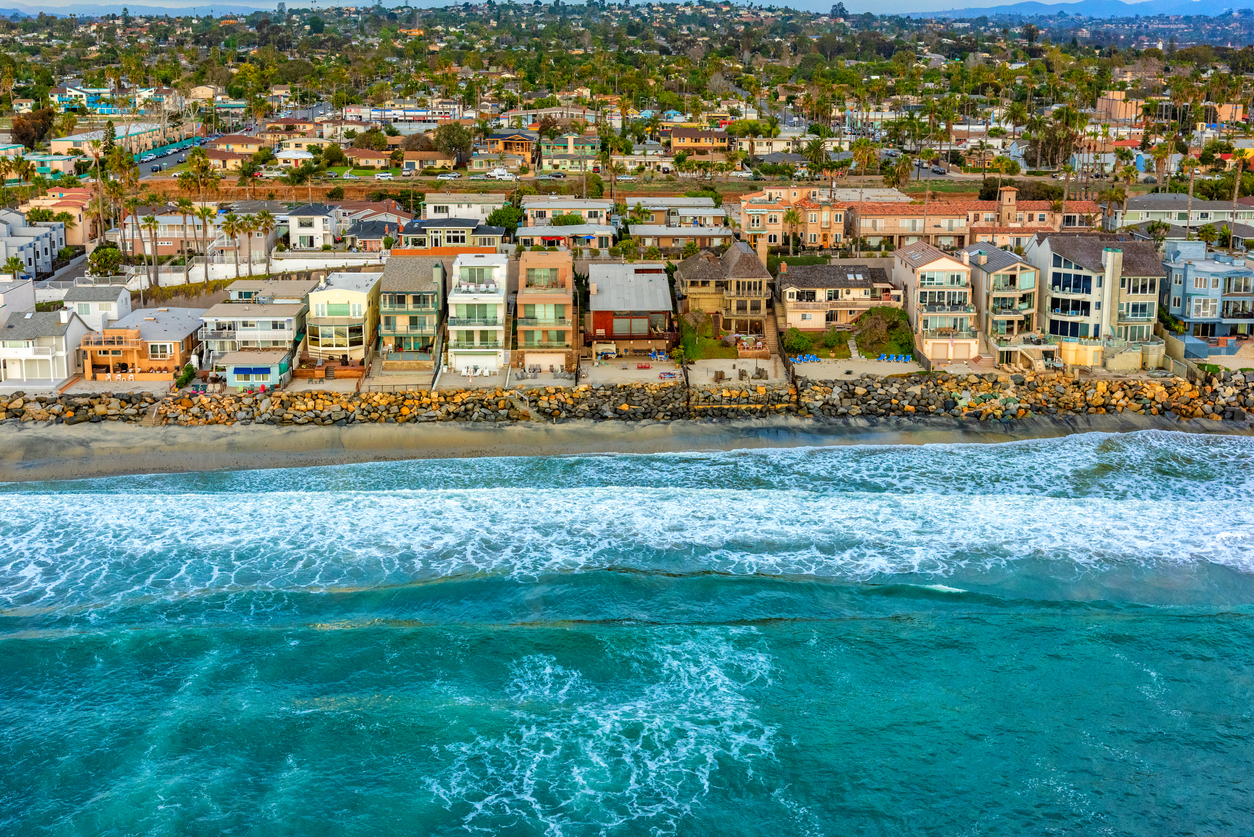If you’re going through the insurance claims process after a property loss, you might encounter a “Cause and Origin” expert and wonder: “What role does this professional play in my claim?” Simply put, a Cause and Origin expert investigates the cause of a loss that has led to a policyholder filing an insurance claim. They rely on good critical thinking, as well as a deep understanding of mechanical and electrical engineering.
The investigative process starts with a call from the insurance company, informing the Cause and Origin expert about the loss. This prompts a site visit for an initial look and preliminary assessment of what happened. The expert must ensure the scene is untouched until s/he has conducted an analysis of the origin of the event. While it may be very frustrating for the insured to not be able to start repairs right away, it is imperative that they let the expert complete his or her work. It is equally important that the insured relays the complete truth to the expert when questioned about the loss. Typical questions at this stage include: Were you present at the time of the loss? What was happening prior to the loss?
The expert also communicates with fire department officials, adjusters, and others on the scene. The information the expert gathers here helps him/her to determine whether or not an engineer and/or particular expert is warranted. In some cases, they can dispense with that analysis because the case seems straightforward.
Once s/he can reliably establish the origin of the loss, the insurance company can review that and other elements to determine whether it has a chance for subrogation. Cause and Origin investigations are also a requisite first step in examining whether or not someone has committed fraud and determining the policyholder’s liability.
SMW works closely with many Cause and Origin experts. We have been connected to Paul Mahoney, for example, since the days when Bruce Swerling and Marvin Milton held court in the P.O. Square office. Both then and now, “SMW is always willing to listen, to cooperate, and communicate so we can both do our jobs early on,” according to Mahoney. “That’s the biggest thing. They respect our process, so we can do our job successfully.” This is important, because if an investigation is done properly, only then can a policyholder get what they want: knowledge of what happened, and recovery on their deductible.
Nowhere was this correlation clearer than in the case of the Old Reading Schoolhouse. For that complicated claim, Mahoney brought in a team he knew and trusted. Based on his on-site investigation, Mahoney came up with a working theory of what happened. But he had a counterpart – a different team of investigators that didn’t want to go forward because of the dangers and costs associated with carrying out the investigation. So, Mahoney proceeded with his own engineers and other professionals. This team was able to secure the evidence, determine what happened, get a working theory and do a lab exam. All of this information led his team to an accurate assessment of what happened and who was at fault.
“A lot of carriers were successful in their recovery because of that investigation,” Mahoney notes, pointing out that it succeeded “because we took a step back and brought our own team together. If we had gone along with the group already in charge who wanted to shut down the investigation, it would have ended before that could occur.”




